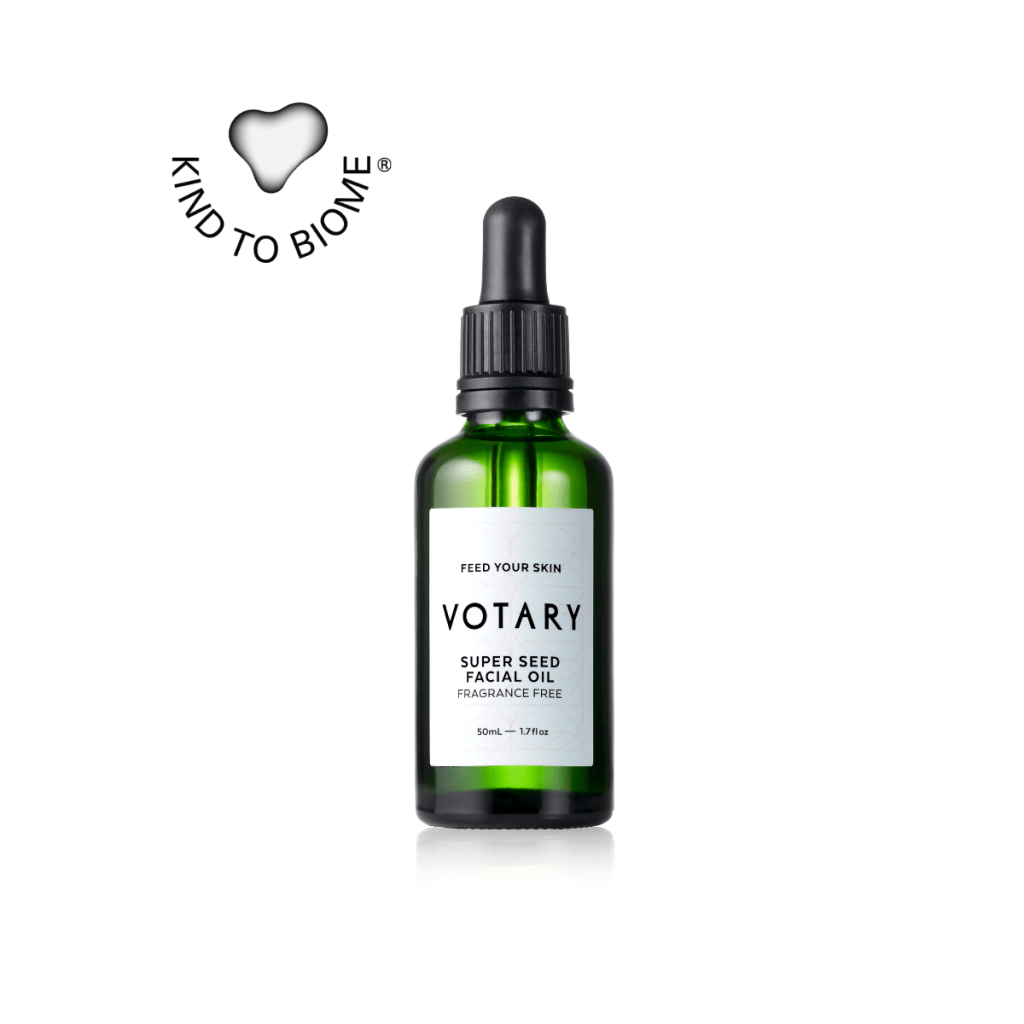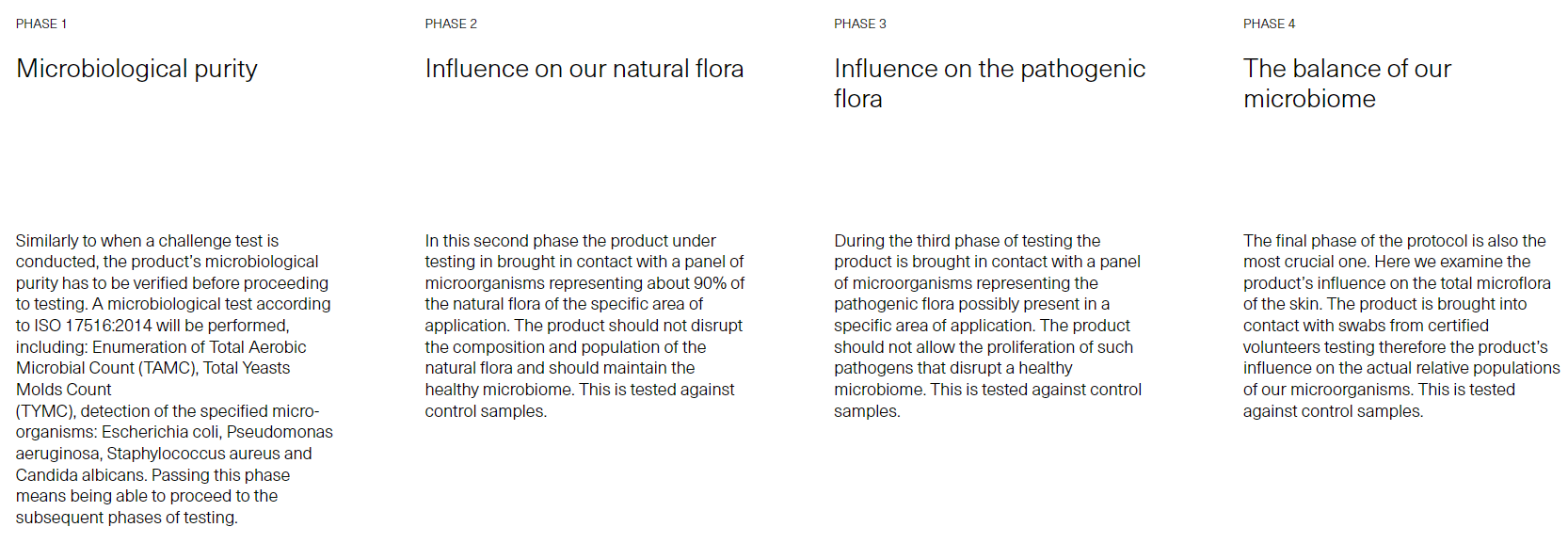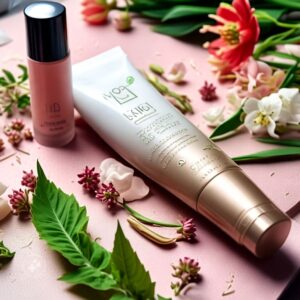The skin microbiome is too important to be neglected
Human skin is home to billions of microorganisms, including bacteria, viruses and fungi. Up until recently, it was believed that these microorganisms served little function, and could actually be harmful.
However, scientists have discovered that this collection of microorganisms, known as the skin microbiome, plays an integral role in maintaining skin health.
The skin’s outer layer, the stratum corneum, should no longer be considered a simple layer of dead cells, but rather a layer supporting a complex living ecosystem that needs to be cared for in a holistic manner.

Independently tested, KIND TO BIOME®-marked products help consumers make better informed decisions
The Kind to Biome® mark of approval provides consumers with dependable third-party assurance as to the skin microbiome-friendliness of products.
As the microbiome era starts to unfold, knowledgeable consumers are seeking out truly skin microbiome-friendly skincare products.
They understand that long-term use of harsh skincare products that are not friendly to the skin microbiome can lead to skin disorders.


Kind to Biome® helps skincare brands to make sense out of claims and claims substantiation, thus eliminating uncertainty
Science-backed skincare brands want to be transparent about their products.
Truly skin microbiome-friendly skincare consists of products where the formulations have been tested against a skin microbiome-friendly standard.
Ingredients, such as pre- and post-biotics, do not alone guarantee that final products have a beneficial impact on the skin microbiome.
In addition, scientific evidence of the effectiveness of specific ingredients is not related to their impact on the skin microbiome.
Multiple factors influence a product’s impact on the skin microbiome.
One must take the entire formulation into account, as various factors, such as type of preservatives, preservative boosters, pH level, fragrances, essential oils, and surfactants, can negatively impact the skin microbiome.
If the final products are not tested for skin microbiome-friendliness, how can anyone claim the product is truly that?
The protocol
The in vitro microbiome friendly protocol has been scientifically designed to include flora that represents at least 90% of the microorganisms that populate a specific body area.
According to the mode of use and area of application of each cosmetic product a separate study protocol is implemented by choosing the appropriate panel of microorganisms and studying their interaction with the product.
We offer protocols that cover different product types as shown below:
- Face
- Body
- Scalp
- Foot
- Baby’s skin
- Forehead and other Sebaceous areas
- Armpit and other moist skin areas
- Hand (volar fore arm) and other dry areas
- Intimate area
- Nasal cavity
- Oral
- Palm of hand
The brand is also available to manufacturers of skin care ingredients.






